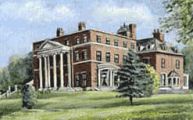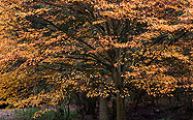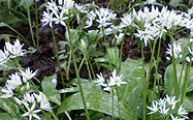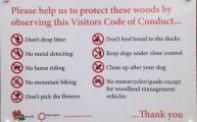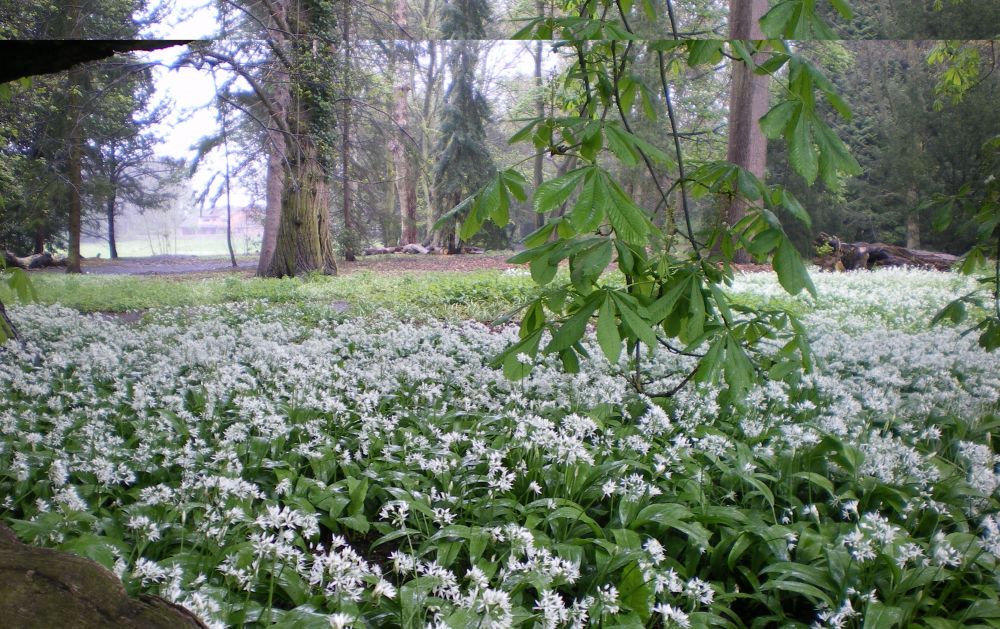

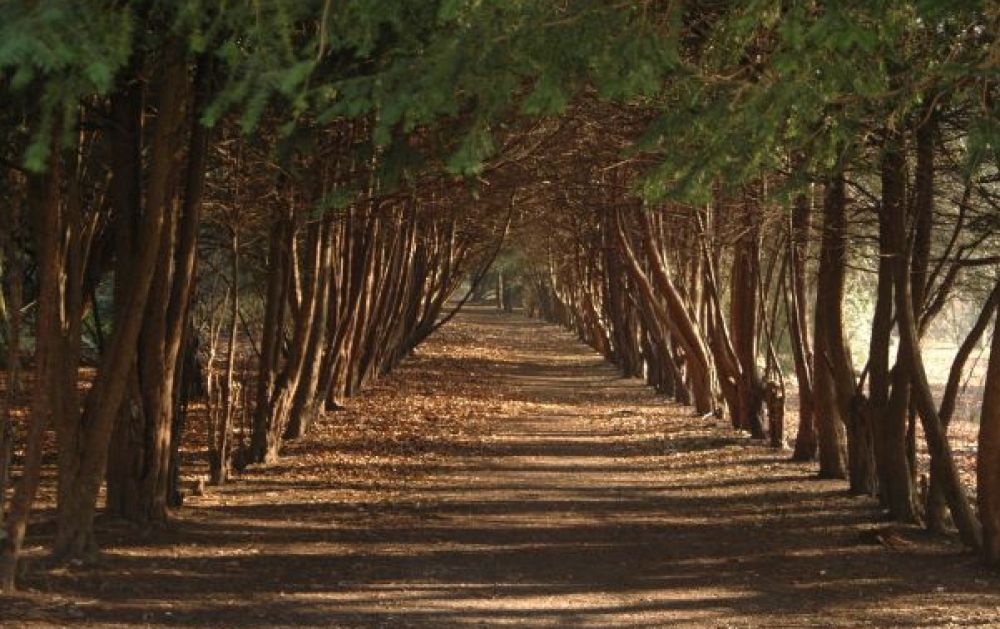


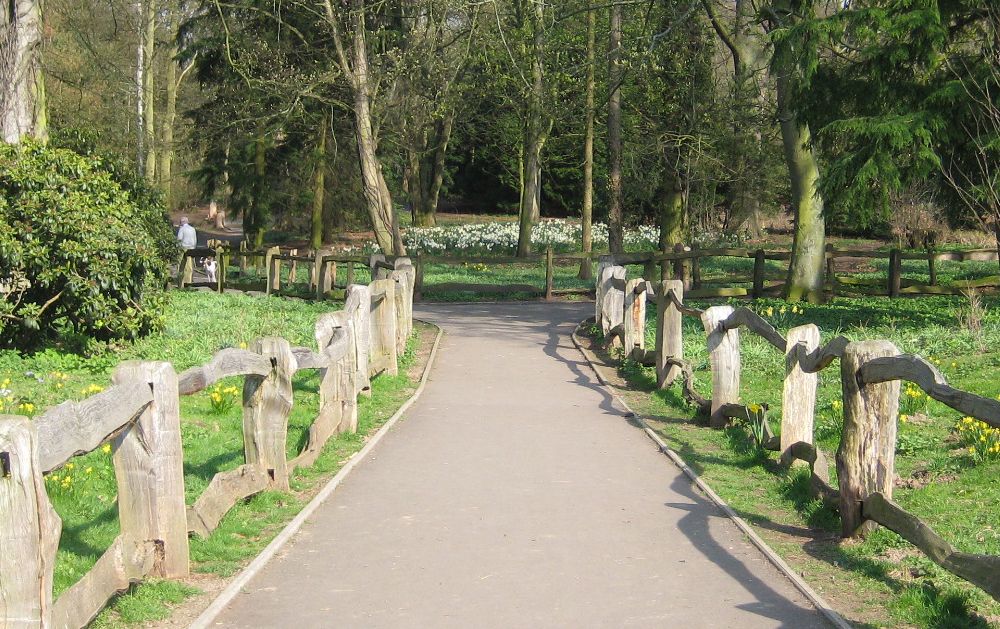
The family and its Origin
The family and the buildings of Apley Estate have played a significant part in the history of England since medieval times.
The first mention of the Cherelton, later Charlton, family occurs around 1175 and by 1300 the name was already firmly linked with that of Apley, one of the berewicks of Wellington, mentioned in the Domesday book
Three brothers were to bring the family to early public prominence. Sir John de Cherelton was a favourite of Edward II who made him King's Chamberlain and, through marriage, Lord of Powys, where he restored that castle. In 1338 he became Chief Justice and Governor of Ireland. His son, also named John, succeeded his father in the role of Chamberlain and travelled to Gascony with the Black Prince.
Thomas de Cherelton, Sir John's brother, was also closely attached to the Court, with the office of Keeper of the Privy Seal and Treasurer of England. He was appointed Bishop of Hereford in 1337 and eventually succeeded Sir John as Governor of Ireland. The crypt of Thomas Cherelton can be found at Hereford Cathedral.
In 1309 the third brother, Alan de Cherelton, was granted a Royal Charter from Edward II for his properties at Apley, Wappenshall and Haughton. In 1327, he obtained a licence from Edward III to "our faithful and beloved Alan de Cherelton that he may fortify his mansions at Apley and Witheford with a wall of stone and lime and these mansions so fortified shall hold to him and his heirs for ever" Alan was married to Margery Ftiz-Aer who could trace her ancestors back to the Norman Conquest.
The first building at Apley, consisting of a Great Hall, Chapel and Solar, had already stood for perhaps fifty years, at a time of the Royal Charter. The building was substantially remodelled and added to in the late 1500s, the fortifications being completed in 1620 by Francis Charlton, Sheriff of Shropshire, who died in 1642. Costing some £6000, this work made Apley the only fortified - and defendable - mansion in Wellington. There would have been a curtain wall, a gatehouse and a moat.
Friends of Apley Woods are now on Facebook.
You can now follow Friends of Apley Woods on Twitter

